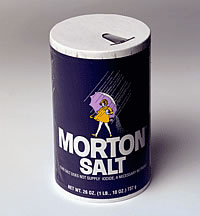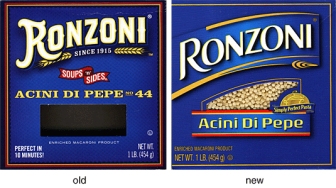To Blog or Not To Blog?
A playground for some, good business for others, there are literally hundreds of millions of blogs out here in the blogosphere. So many that I think the counters have probably stopped counting. And with those kinds of odds, one may wonder, should I bother?
For the uninitiated, no doubt these questions (and more) have crossed your mind. But only two of these carry any weight: “What would I write about?” and “Can I keep it up?”. Toss the rest in a pile labeled “ways to hold myself back.”
As for the two that matter, definitely ask them … unless of course you have zero interest in blogging about anything, ever, in which case you can skip this entire essay (or share it with someone who might be interested!).
So ask, “What will I write about?” Think it over. Most people have something they feel passionate about, are experienced with or excel at…. and most people have a voice, an opinion, a thought process. Those with a business have material in the palm of their hands. The key is that your voice or topic be authentic.
So then the task is twofold: 1.) decide on the gist, or theme/subject matter of the blog, and 2.) share that voice! If you’re really stumped, ask friends or colleagues for ideas. Sometimes others see things about you that you may not realize people would value.
The second question, “Can I keep up with it?”, is sheer practicality. My feeling is that if you write about something you’re interested in, you’ll enjoy the process. You’ll make the time ~ whether it’s once a month, once a week, once a day. The number of folks blogging suggests that the time invested is worthwhile, but it’s certainly a question you should ask.
And remember, if you’re in business, especially you entrepreneurs, it’s almost a “must”. Just know that that “must” doesn’t have to be a drag, and there’s hardly a better marketing tool these days.
Maybe you have services to promote. Maybe you have a book in the works. Maybe you have a thing for animated films or sinister pets.
(Which reminds me, I should mention that you don’t have to be a writer ~ though, granted, it makes it easier to consider a blog ~ some “blog authors” post historical information, funny quotes or pictures of spaceships. Of course another option, if you have a budget, is to hire a writer to maintain your blog.)
The possibilities are endless, and there’s bound to be someone who was glad you shared what you did. And besides (for those afraid of commitment!), it’s not binding… so why not?
Should you bother? Yes. Because you have something to share. Because you can, and because you’ll benefit from the visibility.
If you want the chance to be heard ~ yes, even amongst the millions of blogs out there ~ I encourage you to jump in.
No budget? No worries. Free blog formats abound (I happen to be a huge fan of WordPress) with all kinds of cool built-in features. If you want to dress it up, you can hire someone like me. Just keep in mind that blogging has become a powerful and bona fide communications tool allowing people, businesses and organizations to broadly connect with each other in “the world out there” .
One of the things I like best about all this blogging business is that you choose, and you make the rules. And once you get the hang of it and find your groove, you’ll also discover how to make it work for you.
But first things first… ask the questions, and have at it!
















